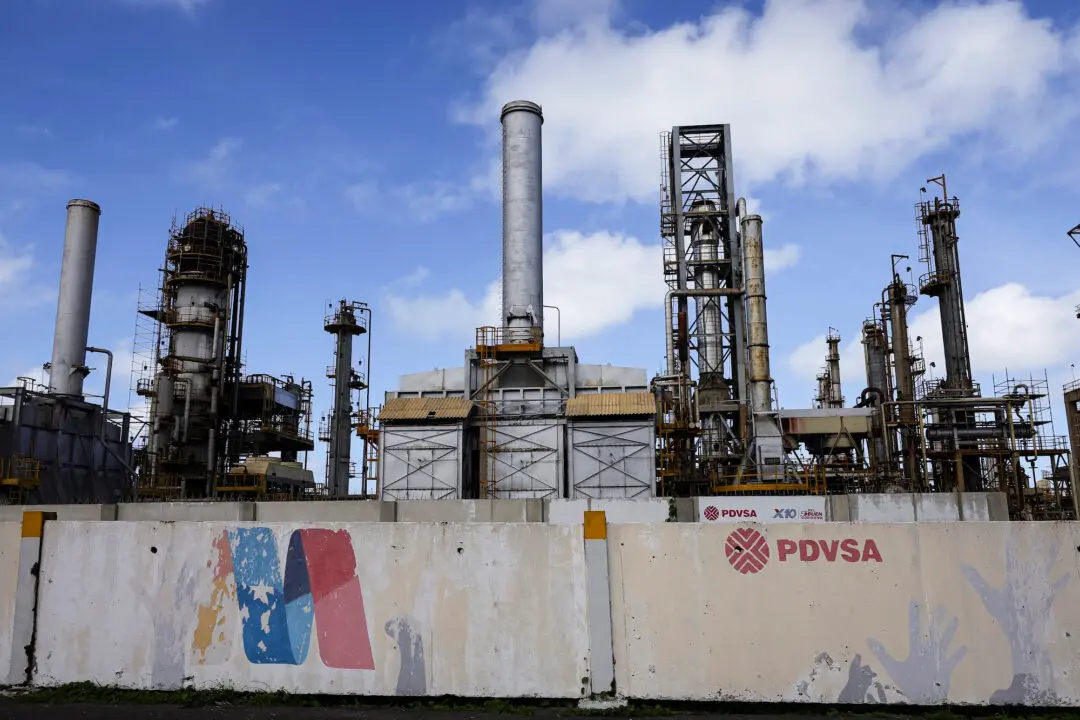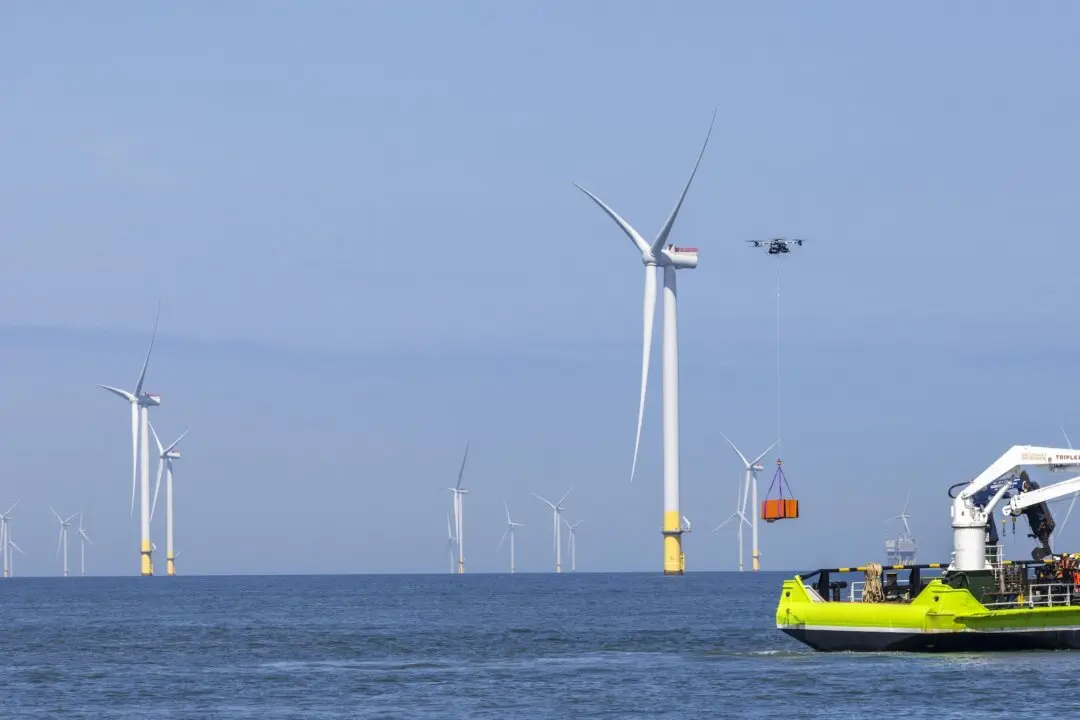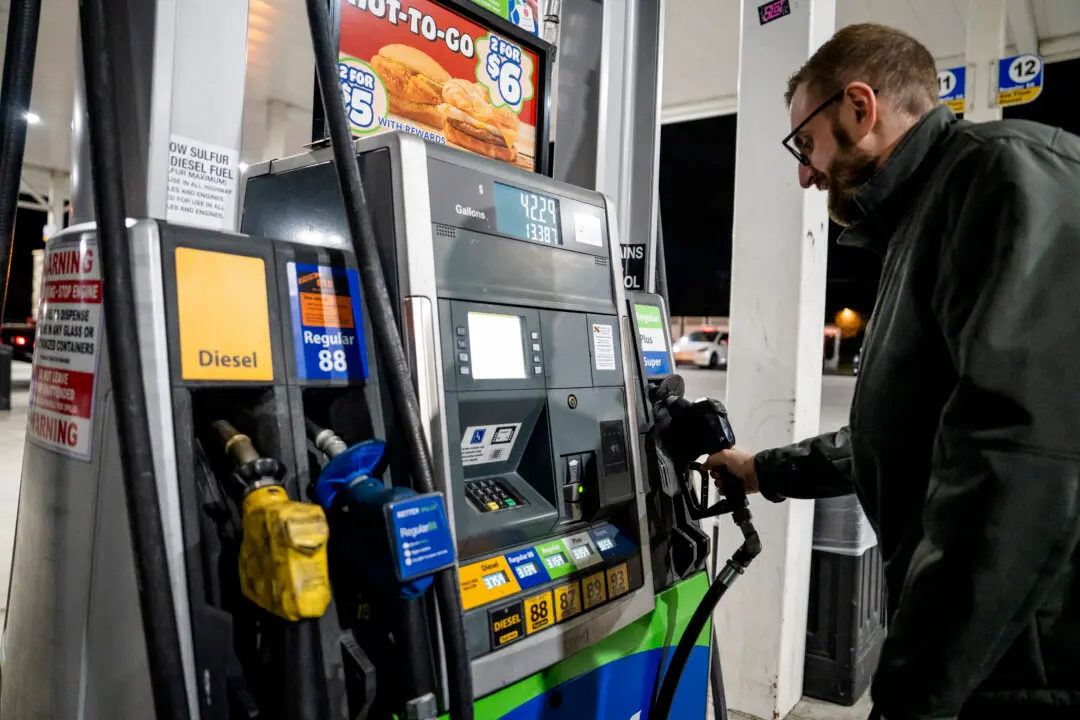A key Federal Reserve official said Wednesday that the economic conditions for raising interest rates could be met by the end of 2022, paving the way for a liftoff of the Fed’s benchmark rate from its current level of near zero.
Federal Reserve Vice Chair Richard Clarida, the Fed’s second-in-command, said in a webcast discussion hosted by the Peterson Institute for International Economics that the central bank estimates that the U.S. economy will grow faster than the projected long-run trend growth through 2023, with robust growth in gross domestic product (GDP) driving down the unemployment rate to 3.8 percent by the end of 2022.





